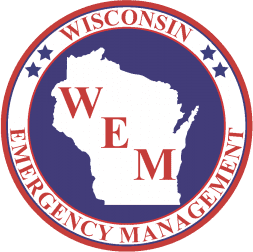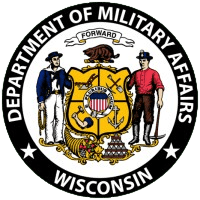Recovery programs consist of:
Federal Emergency Management Agency (FEMA) Public Assistance (PA) Program
The FEMA Public Assistance (PA) grant program provides assistance to State, Tribal, and local governments and certain types of private non-profit (PNP) organizations to help reimburse costs associated with damage to public infrastructure such as roads and bridges. FEMA funds the program, which WEM administers in the state. In order to be eligible for a Presidential Disaster Declaration, the event must overwhelm the state and local response and recovery efforts, meet countywide damage thresholds ($4.72 per capita) and meet a statewide damage threshold ($1.89 per capita) of $11,139,127.02 using the 2020 US Census. Once approved by the President, FEMA provides 75% reimbursement of eligible documented costs, the State of Wisconsin provides up to 12.5% of eligible documented costs, and the local government’s share of 12.5%. To request a federal disaster declaration, the Governor must request FEMA to come to the impacted county or counties and conduct a damage assessment of damaged public infrastructure such as roads and bridges. A FEMA inspector will determine if the damage is eligible under the federal program. The information gathered from a damage assessment will be provided to the Governor who will then request the President to approve a federal disaster declaration.
FEMA’s Public Assistance Program is guided by the Robert T. Stafford Disaster Relief and Emergency Assistance Act, as amended.
Questions about the FEMA PA Program can be directed to the WEM Public Assistance Recovery Section at DMAWEMPublicAssistance@widma.gov

